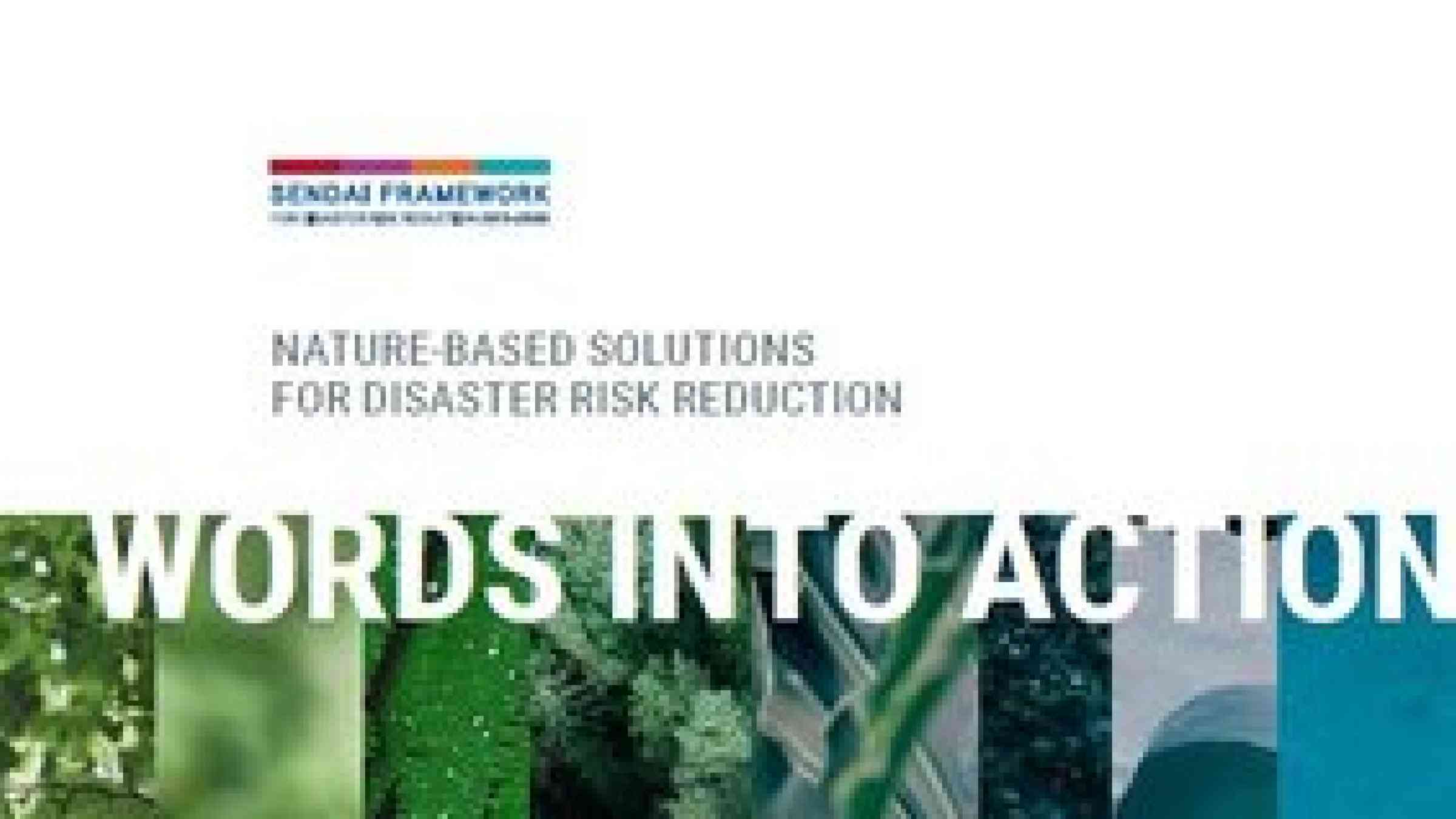Disaster displacement: how to reduce risk, address impacts and strengthen resilience
Reducing risk, saving lives
Every year, some 25 million people flee from sudden onset disasters such as floods, storms, mudslides, earthquakes, tsunamis, and more. When slow onset disasters are added, the numbers of people displaced each year easily rises beyond 200 million.
In 2019, the UN Office for Disaster Risk Reduction (UNDRR) partnered with the Platform on Disaster Displacement and the Norwegian Refugee Council to produce the Words into Action guidelines on Disaster Displacement. The goal of the guidelines is to explain how governments can practically implement Sendai Framework Target (e) to reduce the risk of disaster displacement and related human suffering.

Available in English, French, Spanish and Portuguese.
Disaster displacement
25 Million people
are displaced by sudden onset disasters every year, but this figure rises when drought, famine or other slow onset disasters are added.
Source: iDMC
East Asia and Pacific
9.3 Million people
were displaced by disaster in 2018, making this region the world’s most affected.
Source: iDMC
Solutions
6 Measures
advised by UNDRR to reduce the impact of disaster displacement.

A Q&A, interview and a podcast




Disaster displacement: impacts and responses
Fleeing disaster can mean the difference between life and death. But displacement can also create new risks if not properly addressed. Learn about 10 big impacts displacement can have and six steps countries can take to reduce potential damages.
6 Steps to reduce risk, explained
Effective disaster risk reduction strategies can prevent displacement. Recognising risks, mitigating them when possible, and ensuring communities are well-prepared helps avoid displacement and respond when it does occur.
Taking Action: A video series
Strengthen Governance
Preparedness and Response
Resilience and Durable solutions
Understanding Displacement

Displacement timeline and the goal of Sendai Framework Target B
Sendai Framework Target B is the goal to substantially reduce the number of people affected by disasters globally by 2030.
2013
4 million people displaced by Typhoon Haiyan, known locally as Yolanda, that devasted large parts of the Philippines.
2015
2.8 million people displaced by earthquakes in Nepal.
2016
up to 90% of homes destroyed by Hurricane Matthew, the strongest storm to hit the Caribbean in 2016, with Haiti suffering the most impacts.





